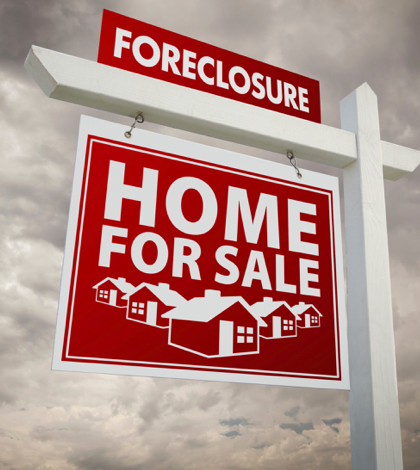Sales of distressed homes continued to fall in September, both in the Inland Empire and throughout the country.
In the Inland Empire, the year-over-year drop was minuscule: 11.3 percent in September of this year compared with 12 percent in September 2014, according to data released Wednesday by CoreLogic in Irvine.
However, Ontario-Riverside-San Bernardino in September registered the greatest improvement from its distressed sales peak of any major metropolitan market in the United States: from 76.3 percent in February 2009, a drop of 65 percent.
Nationwide, distressed sales accounted for 9.7 percent of all single-family home sales in September, down from 12.1 percent in September 2014, CoreLogic reported.
Distressed sales are defined as a sale done under duress, usually so the seller can raise money quickly. Property owners usually lose money in a distressed sale, and the property on the market is often in foreclosure.
Both the Inland Empire and national numbers indicate that the housing market is returning to normal, albeit at a slow pace, said Jordan Levine, senior economist at the UC Riverside School of Business’ Center for Economic Forecasting.
“Basically, distressed sales are getting back to where they were before the slowdown happened,” Levine said. “In the case of the Inland Empire, it’s hard to say how far down they can go because we’re still experiencing a lot of economic growth. But it’s definitely getting back to a more normal level.”
CoreLogic’s distressed sales data includes real estate-owned properties and short sales. All but eight states reported a year-over-year drop in distressed sales in September, according to the data.
 IE Business Daily Business news for the Inland Empire.
IE Business Daily Business news for the Inland Empire.


